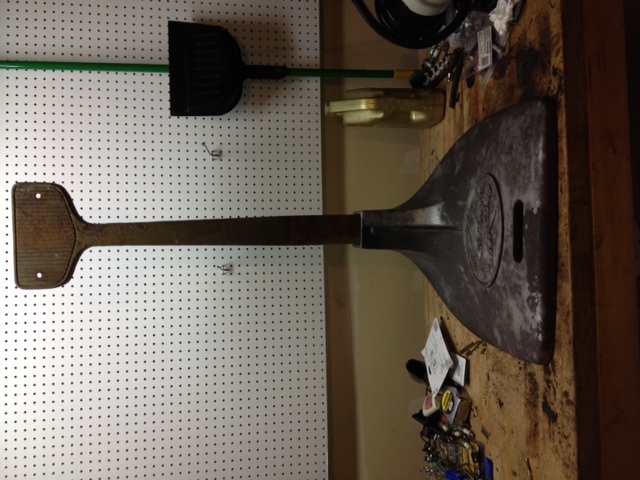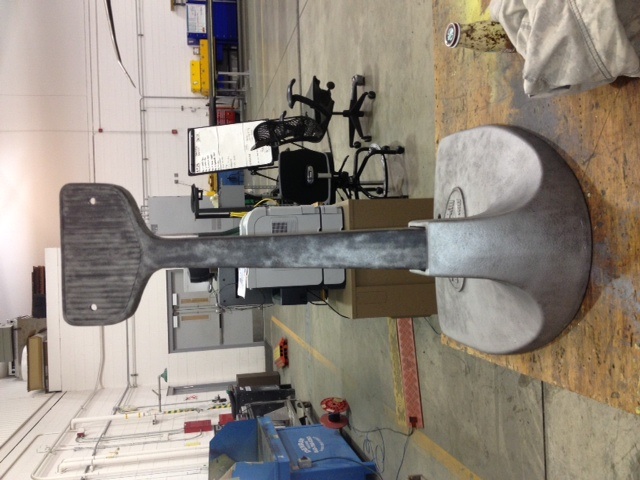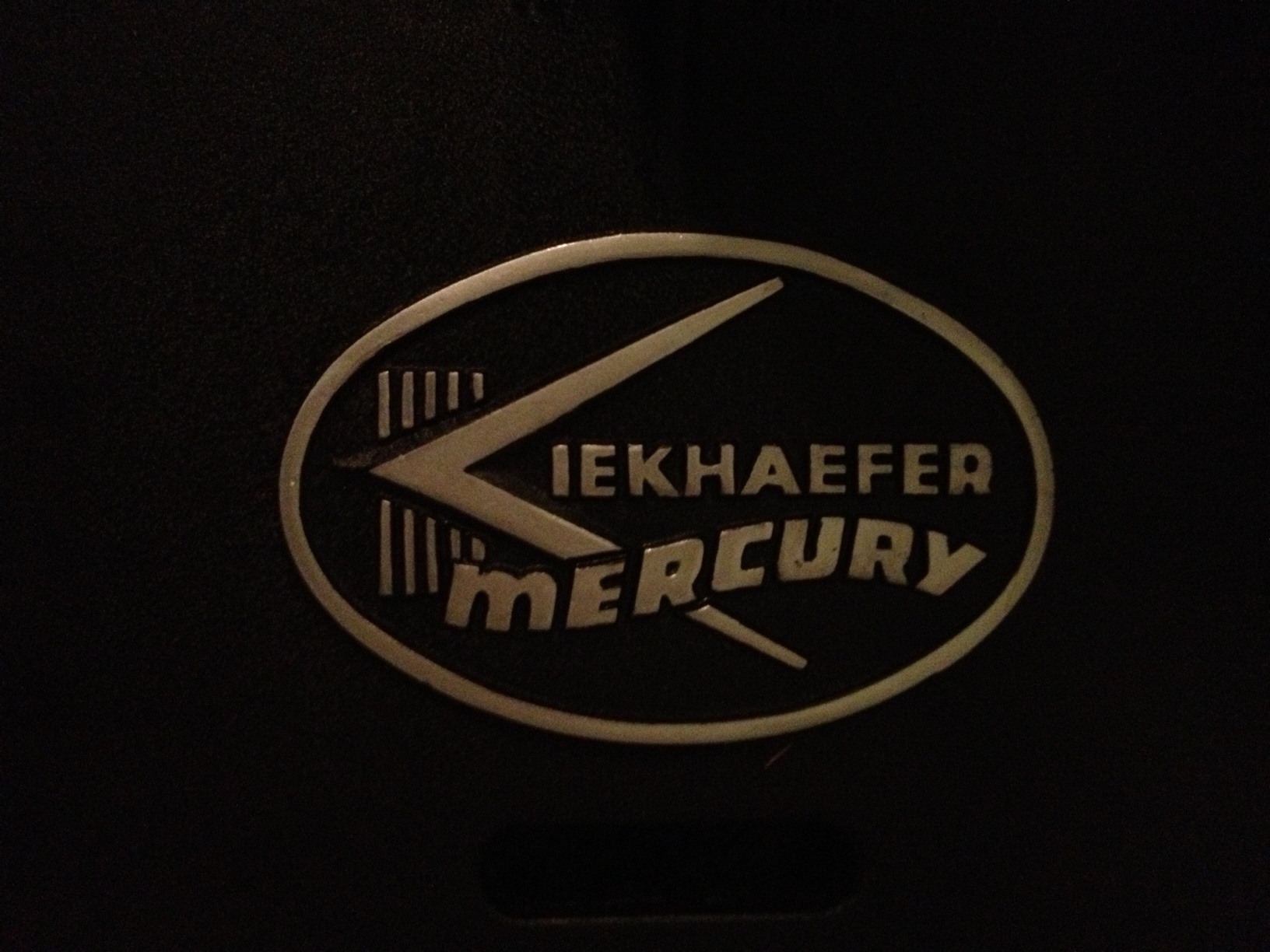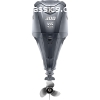Seymour,
Have you tried the electrolysis method. That works on paint sometimes too ?
I’ve had to soak a piece a few times before to get all the paint off.
Supplies needed:
Box of Arm & Hammer powdered laundry detergent
Rebar from home shopping center
Spring clamps or bucket lid/ barrel lid
Wire to connect rebar pieces in series
Old style battery charger (not the newer digital smart charger)
Plastic Bucket or barrel, plastic rectangle storage bin, even a cheap molded plastic kiddie pool works depending on part size ?
Water
Assembly:
Stand pieces of rebar and clamp rebar to inside perimeter of bucket, barrel, whatever (quantity of rebar ? 2 to 6 pieces…. In this case, more is better)
If you use a bucket, barrel, or storage container lid … drill holes on perimeter of lid to hold rebar up. Also cut as much of the center lid out for part to fit in and hydrogen gas to escape
Strip ends of wire and connect wire to rebar all the way around the bucket or container
Add water to vessel
Add Arm & Hammer laundry detergent, about a cup For 5 gallon bucket a whole bunch for 55 gallon barrel…. You really can’t over do it, but you can under do it, so more is better.
Hang part in water from a piece of rebar across the lid. I use wire coat hangers. DO NOT allow the part or rebar across the lid to touch the standing rebar around the inside of the container
VERY IMPORTANT STEP !!!!!
Hook the positive lead of the battery charger to the perimeter rebar that is wired together
Hook the negative lead of the battery charger to the part or cross rebar
The rebar is the sacrificial lamb, and will be eaten away in the process, while your part is de-rusted, and paint is loosened
If you hook the leads up wrong, you will not be happy. Because you will have rust free rebar and a disintegrated part
THE CAUTION:
This process releases Hydrogen gas (remember the Hindenburg ?) So do not do this in a confined space or basement, because you may find your house on the moon ?
The process:
As soon as you plug in the charger, the action starts immediately , and you will see little bubbles form around the hanger or part right at the water surface, the bubbles are the hydrogen gas released.
After an hour or so, there will probably be a scum layer of crap on top of the water that has come off the part (see page 3 of “Lake Shell Rebuild” in the Member Projects section cleaning a gas tank)
They say the bubbles stop once the part is clean, but that has never stopped for me ?
Once you pull the part out of the water, after you unhook the charger, the part will be black.
I then put a small wire cup wheel on a hand drill, and clean the black off
The beauty of this process is:
You can do other things, or sit back with a beer, while the part cooks AND this process gets into every nook and cranny that media blasting can’t get too.
If any of these instructions were un-clear ? There are many youtube videos to show the setup, and finished part. Just search for electrolysis rust removal.
Have fun !!!























